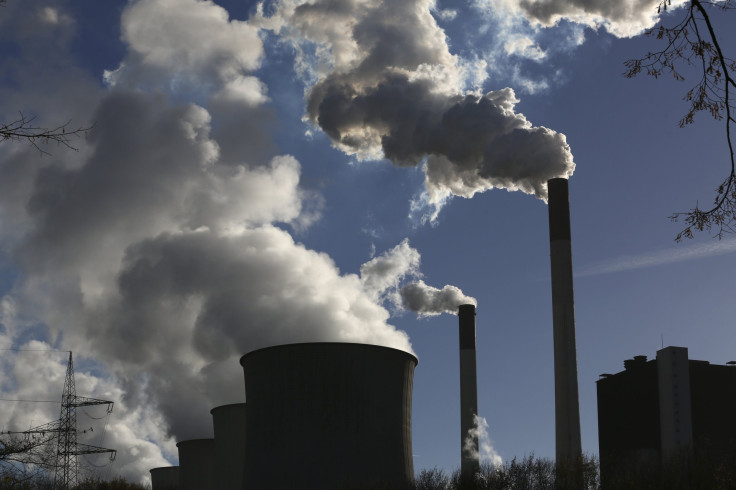Hackers Target German Steel Mill As Cyberwarfare Gets Physical

Hackers infiltrated a German steel mill and made it impossible to safely shut down a furnace, according to a German security report quietly published before the new year. The breach, which caused “massive” damage, marks just the second time a digital attack caused physical damage, highlighting growing fears that cyberwarfare will soon impact more than computers and networks.
Few specifics are provided in Germany’s Federal Office for Information Security report, first obtained by Wired, other than that the hackers obtained access via a spearphishing attack before quickly moving across a “multitude” of sensitive corporate networks. Who the hackers were, how long they were in the system, whether they intended to destroy the furnace and what, if any, other equipment they accessed all remains unclear.
“The know-how of the attacker was very pronounced not only in conventional IT security but extended to detailed knowledge of applied industrial controls and production processes,” said the German-language report, according to a Wired translation.
This hack comes after the U.S. and Israeli governments deployed the Stuxnet worm against the Iranian government, which is believed to have destroyed nearly one-fifth of the country’s uranium enrichment facilities used to make nuclear weapons. When that malware was discovered in 2010, cybersecurity experts warned that it would only be a matter of time before civilian infrastructure – like hospitals, banks, power grids or any number of possibilities – would be targeted by malicious actors.
“Countries realize that cyberespionage is a heck of a lot easier than anything else,” Chris Bronk, a former U.S. State Department official, told Ars Technica in 2012. “Now the question is: To what degree [will we have] malware that is designed to impact the physical world? When is that going to become a more widely utilized capability?”
© Copyright IBTimes 2024. All rights reserved.











